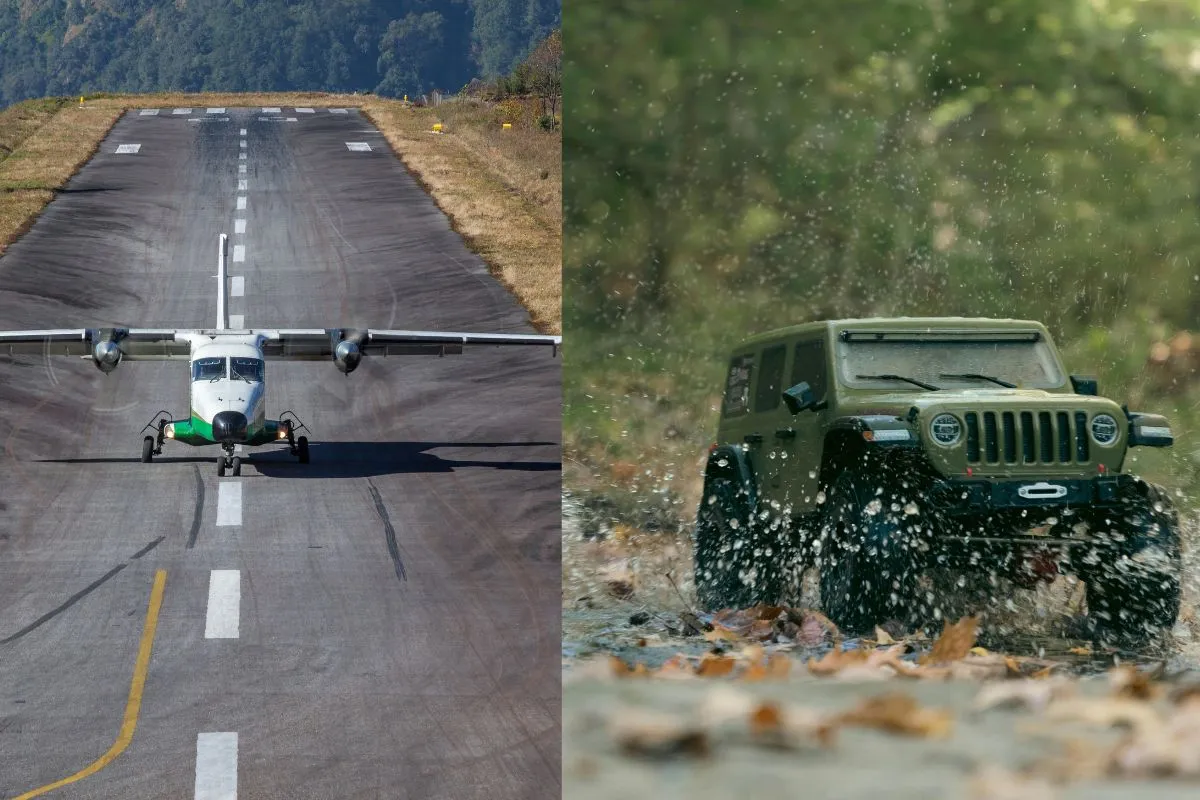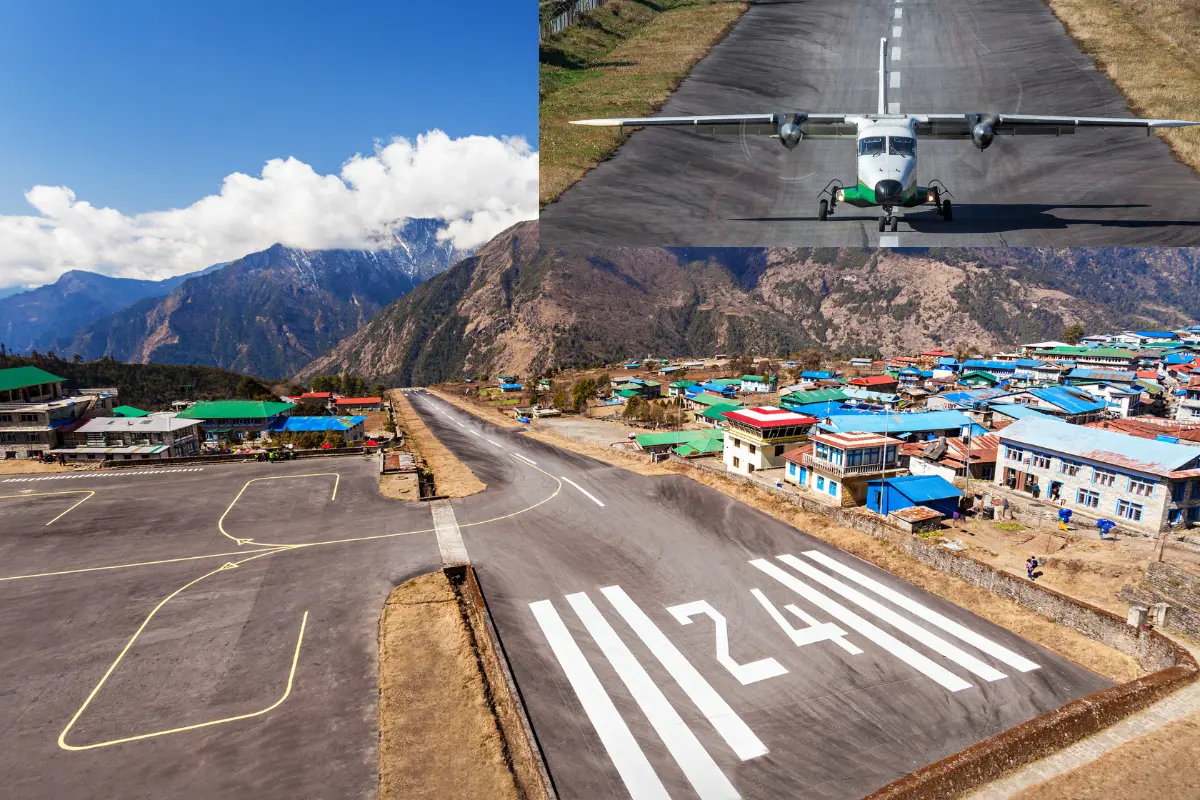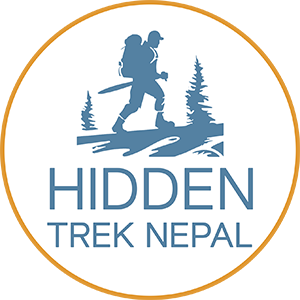
Torn between flying to Lukla or braving the rugged jeep ride? Here’s what trekkers wish they knew before choosing!
Trekking to Everest Base Camp (EBC) is a dream for many adventurers, offering a once-in-a-lifetime opportunity to walk in the shadows of the world's highest peak. However, before you even begin your trek, there's an important decision to make: how will you get to the starting point of your journey? What could be the best options considering the affordability and feasibility?
Traditionally, trekkers take a flight from Kathmandu to Lukla, the gateway to the Khumbu region. But a growing number of travelers are now opting for other alternatives, via jeep to Surke or Tham Danda. You can choose your own itinerary depending on your budget, time constraints, risk tolerance, and sense of adventure.
In this blog post, we will compare the flight to Lukla and the jeep ride to the lower trailheads in detail. By the end, you'll have a clear idea of which mode of travel is right for your Everest Base Camp trek.
| Category | Flight to Lukla | Jeep to Surke/Tham Danda |
|---|---|---|
| The Route | A short 30–40 min flight drops you near the main trail. | A long road journey leads to lower-altitude trailheads. |
| Time Efficiency | Fastest way to start the trek, saving 2–3 days. | Slower; adds 2–4 extra days to your itinerary. |
| Cost Comparison | Expensive, around $180–$200 one way. | Budget-friendly, $30–$50 for shared jeep. |
| Scenery and Experience | Offers stunning aerial views and a thrilling landing. | Provides immersive cultural and natural roadside views. |
| Safety and Reliability | Prone to cancellations due to weather. | More reliable, though roads can be rough. |
| Altitude Adjustments | Rapid altitude gain may increase AMS risk. | Gradual climb helps reduce risk of altitude sickness. |
| Flexibility & Availability | Limited seats and weather-dependent schedule. | Easier to book, with more flexible departure options. |
The Route: Air vs Road
1. Flight to Lukla
Flying from Kathmandu (or sometimes Ramechhap during peak seasons) to Lukla takes approximately 30 to 45 minutes. Lukla Airport, perched at an altitude of 2,860 meters, is the most popular starting point for the EBC trek. From here, trekkers follow the well-established trail through villages like Phakding, Namche Bazaar, Tengboche, and eventually reach Everest Base Camp.
2. Jeep to Sukre/Tham Danda
The overland route involves a jeep ride from Kathmandu to Salleri (or further to Surke or Tham Danda, depending on road conditions). From these lower-altitude towns, you trek northward to join the traditional trail at Lukla or further up the route.
On the first day, we will take the jeep ride from Kathmandu to Salleri. The next day, we will take a jeep ride from Salleri to Sukre/Tham Danda.
Time Efficiency
1. Flight
Flying to Lukla is undoubtedly the fastest way to begin your Everest Base Camp trek. The entire journey takes just 30 to 40 minutes, getting you from Kathmandu to the doorstep of the Himalayas in less than an hour.
This option allows trekkers to start hiking on the same day they arrive, making it ideal for those on a tight schedule or limited vacation time. By flying, you effectively save 2 to 3 full days of overland travel, which can be crucial for trekkers who want to complete the trek within a specific timeframe.
2. Jeep
The jeep ride from Kathmandu to Salleri takes 9-10 hours, depending on traffic and weather. On the second day from Salleri to Tham Danda drive, it will take 4-5 hours. In most cases, the jeep option adds 2 to 4 extra days to your overall itinerary; this includes the drive and additional trekking days needed to reach Lukla or join the main trail.
Cost Comparison
1. Flight
Taking a flight to Lukla is significantly more expensive compared to traveling by jeep. A one-way ticket for foreign nationals generally costs around $225. In addition to the cost, flights have strict baggage limitations; usually 10 kg for checked luggage and 5 kg for hand luggage. These limitations may require you to pack lighter or pay extra for additional weight, which adds to the overall cost.
2. Jeep
Traveling by jeep is the more budget-friendly option. A seat in a shared jeep typically costs between $50 to $80, depending on the route and season. For larger groups or those seeking privacy, hiring a private jeep costs around $200 to $300 total, which can be split among passengers, making it even more economical. Another advantage is the lack of strict baggage restrictions, giving you more flexibility in packing.
Scenery and Experience
1. Flight
As your small plane soars over the Kathmandu Valley and climbs toward the Himalayas, you'll be treated to breathtaking aerial views of snow-capped peaks, deep river valleys, and dramatic ridgelines. The highlight is undoubtedly the landing at Lukla Airport, which is often called one of the most dangerous and thrilling airports in the world. This short but intense journey can be an unforgettable start to your adventure.
2. Jeep
Traveling by jeep offers a vastly different kind of scenic experience. As you traverse winding mountain roads, you'll pass through verdant forests, terraced farmlands, and traditional villages that offer an authentic glimpse of rural Nepal. The slower pace allows you to truly soak in the surroundings, interact with locals, and witness daily life in the hills. You’ll get to see places most EBC trekkers never encounter, making the journey more varied and culturally enriching.
Safety and Reliability
1. Flight
While flying to Lukla is quick, it comes with its own set of risks. The airport is located at a high altitude and nestled among mountains, which makes it highly susceptible to unpredictable weather. Fog, wind, and rain can cause frequent delays or even last-minute cancellations.
This can disrupt your carefully planned itinerary, forcing you to either wait in Kathmandu or Lukla for several days. For travelers with fixed return dates, this can be a major inconvenience.
2. Jeep
On the other hand, traveling by jeep is generally more reliable in terms of schedule, although it’s not without its challenges. The roads can be rough and uncomfortable, especially during monsoon season or winter when landslides and snow can block the route.
However, delays due to road conditions are typically shorter and more manageable than flight cancellations. Plus, road travel gives you more control over your schedule, especially if you're in a private vehicle.
Altitude Adjustments
1. Flight
Flying from Kathmandu (1,400 meters) directly to Lukla (2,860 meters) causes a rapid gain in altitude, giving your body little time to adjust. This quick transition increases the risk of Acute Mountain Sickness (AMS), especially for trekkers who start hiking immediately without a proper rest day in Lukla or Namche. Although the trek itself includes acclimatization days, the initial jump can still pose a challenge for some.
2. Jeep
Traveling by jeep allows for a more gradual ascent, giving your body extra time to adapt to the thinning air. The longer trek not only helps with physical conditioning but also reduces the likelihood of altitude-related issues. For first-time trekkers or those concerned about AMS, the slower approach via jeep can offer a safer acclimatization profile.
Flexibility and Availability
1. Flight
Flights to Lukla are often limited in number and tend to fill up quickly, especially during the trekking high seasons of spring and autumn. Booking several weeks in advance is usually necessary to secure a seat. Moreover, flight schedules are heavily weather-dependent, and unexpected changes can create significant disruptions to your plan. This lack of flexibility can be frustrating, particularly if you're on a tight timeline.
2. Jeep
Jeep travel offers much more flexibility. You can typically book a seat or even a private vehicle with very little notice. Departure times are more adaptable, and there are often multiple route options or detours available if the main road is blocked. This makes jeep travel an excellent choice for spontaneous travelers or those who may need to make last-minute adjustments to their itinerary.
Everest Base Camp Trek Flight vs Jeep: Which One Would You Choose?
Choosing between the flight and the jeep ultimately comes down to your priorities and travel style. If you’re someone who values efficiency, convenience, and a touch of thrill, then the flight to Lukla is your best bet.
On the flip side, the jeep journey is ideal for those who have more time to spare, are budget-conscious, and seek a richer, more layered experience. While it demands more patience and tolerance for long, bumpy rides, it rewards you with a deeper acclimatization process and opportunities to connect with rural Nepalese life.
Choose Flight if:
- You have a tight schedule.
- You're willing to pay more for comfort and speed.
- You want to experience the thrill of flying into Lukla.
Choose Jeep if:
- You're on a budget.
- You want to acclimatize more gradually.
- You're interested in a more immersive cultural and natural experience.
- You're flexible with your travel plans.
Guide Services in Lukla vs. Kathmandu for EBC Trek

When flying to Lukla, your trek starts almost immediately, so hiring the right guide before you arrive is critical. You generally have two options:
- Hiring a guide from Kathmandu
- Hiring a guide in Lukla
Hiring a Guide from Kathmandu
The best way to arrange for a guide to lead you to Everest Base Camp is to contact a valued travel agency in Kathmandu. This typically costs between $30 and $40 per day, in addition to the cost of their flight ticket to Lukla. However, the primary benefit? You will have the opportunity to connect with your guide in advance.
Guides from Kathmandu are frequently involved in extensive training programs, which cover high-altitude adaptation and first aid. You can greatly benefit from their in-depth understanding of the Everest region and its history, culture, and environment, which will enrich your experience overall.
Hiring a Guide in Lukla
This may save you a bit of money, typically costing $25 to $30 per day. However, many local guides from Lukla speak limited English, and since you meet them just before the trek, there's little time to establish relationships or assess their experience.
Additionally, if the instant hired guide turns out to be unprofessional or face a health issue during the trek, it can make your experience stressful and unsafe.
Pro Tip:
When you book your trek through a reliable agency like Hidden Trek Nepal, you're not only getting a trusted and trained guide but also the assurance that your guide has proper insurance.
If something goes wrong, the agency will take full responsibility. And regardless of whether you are hiring a guide from Kathmandu, Hidden Trek Nepal will schedule an introduction meeting prior to the starting of your trek. This is an essential step in order to establish a mutual understanding, finalize your plans, and begin your journey with assurance.
Conclusion
Both the flight and jeep options have their own unique appeals and drawbacks. Your choice should depend on your personal preferences, schedule, and budget.
Whichever path you choose, remember that reaching Everest Base Camp is about more than just the destination, it's about the journey. Take time to enjoy the views, meet the locals, and immerse yourself in the Himalayan spirit.
Happy trekking!
